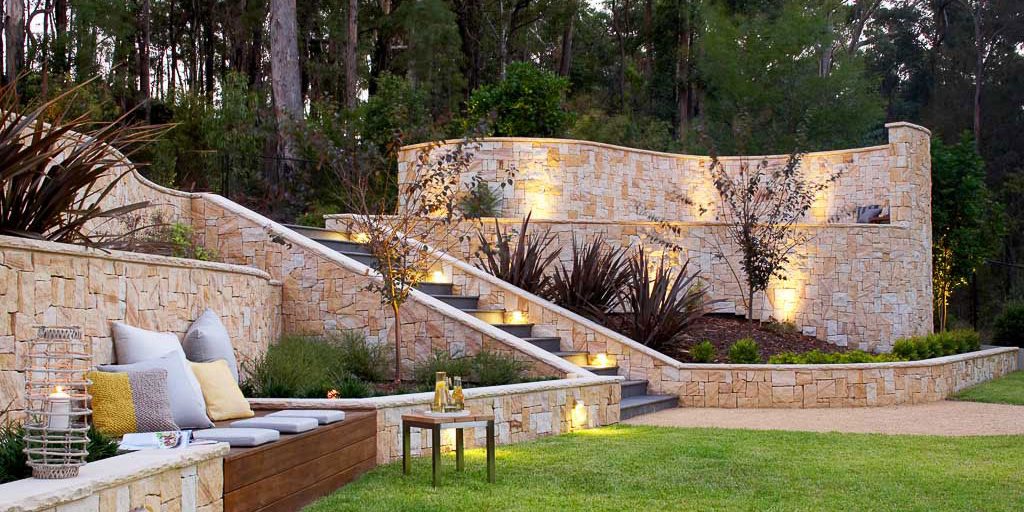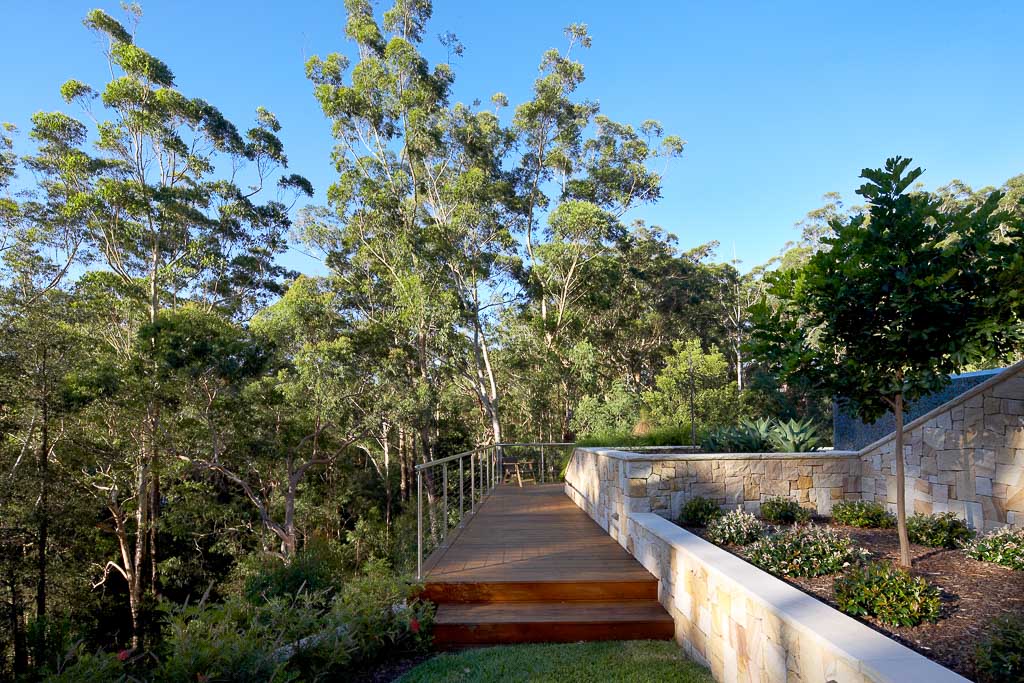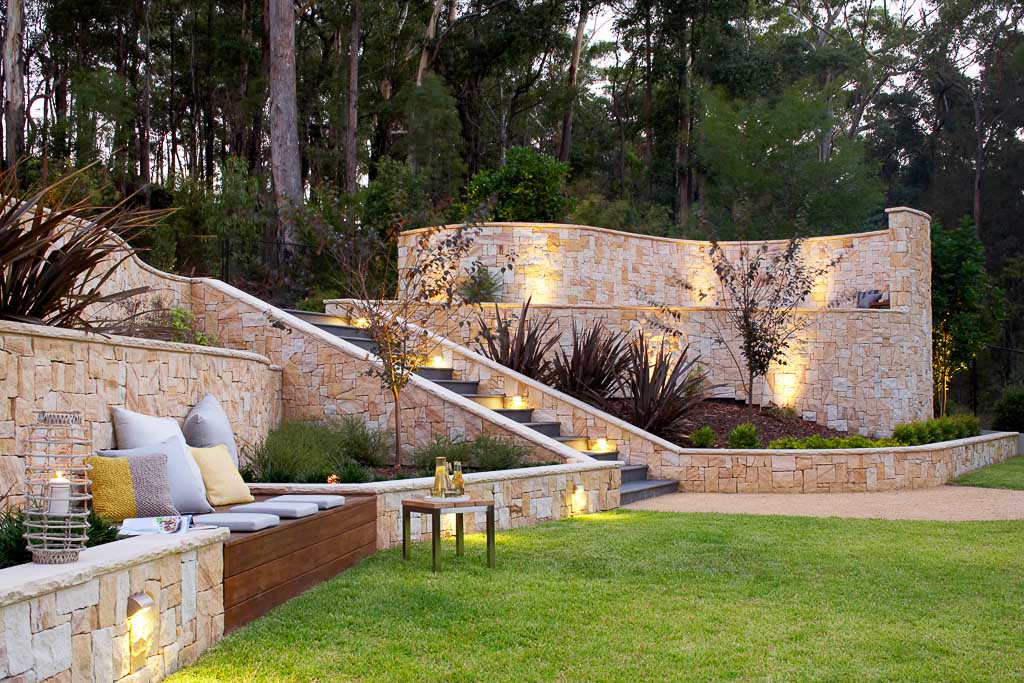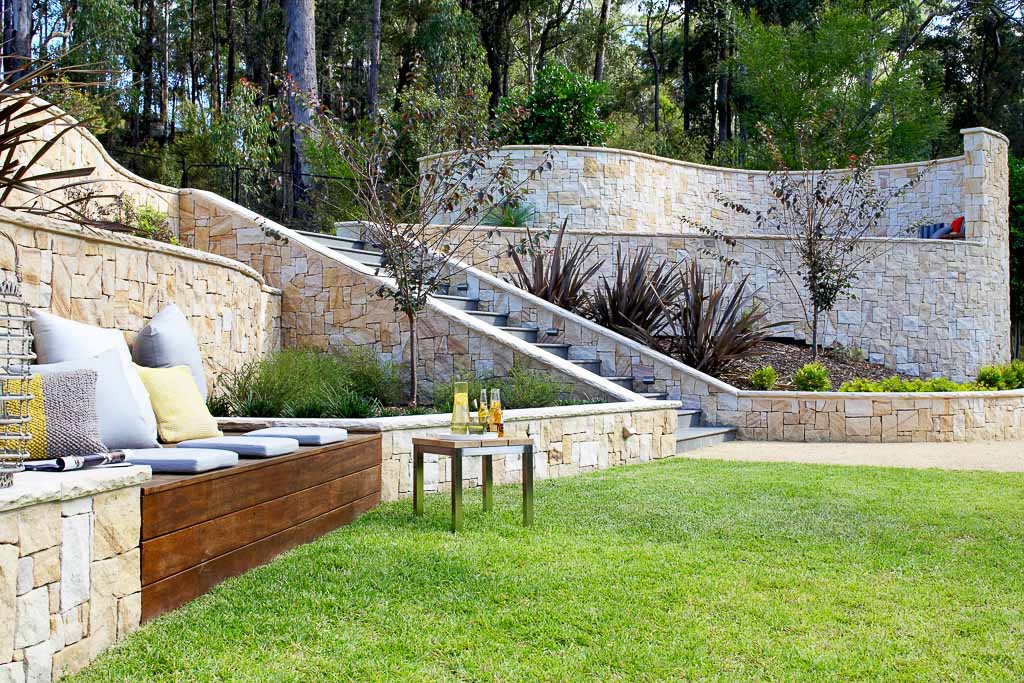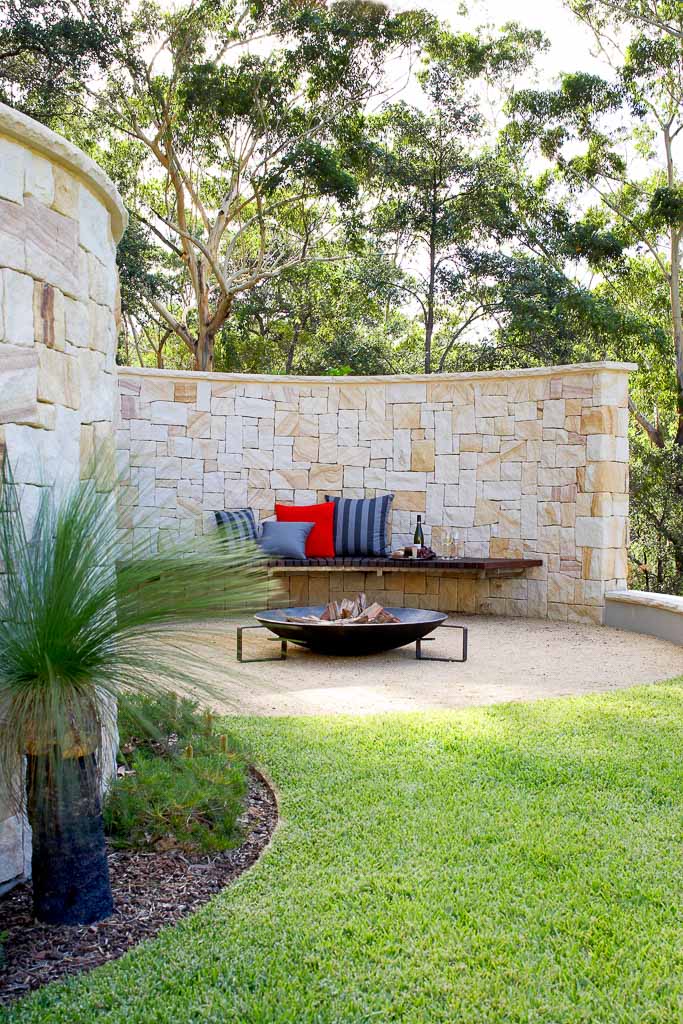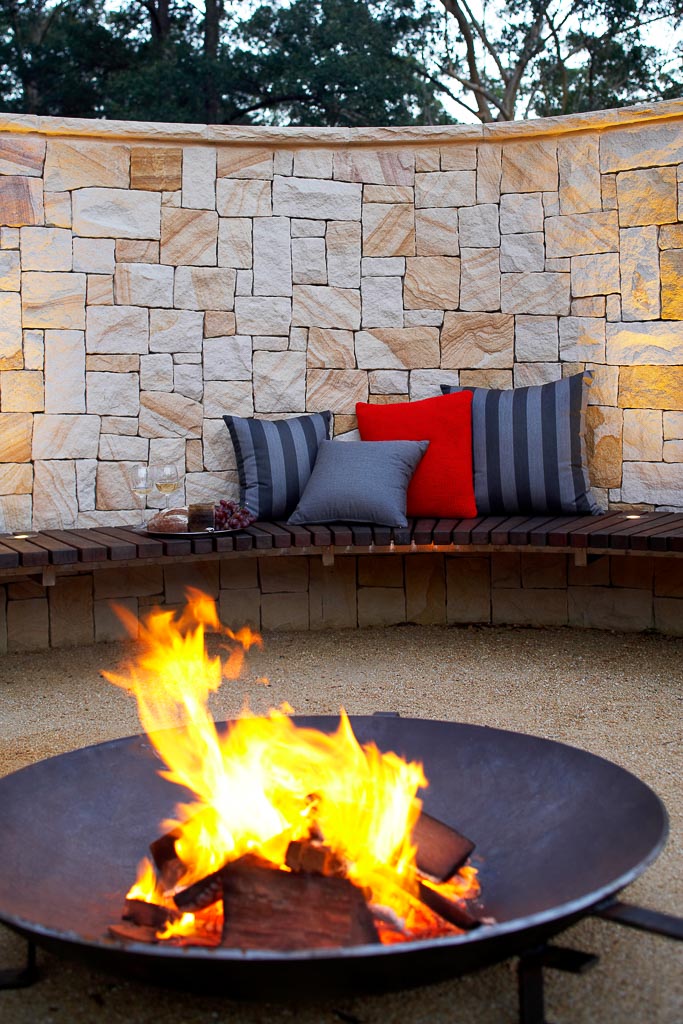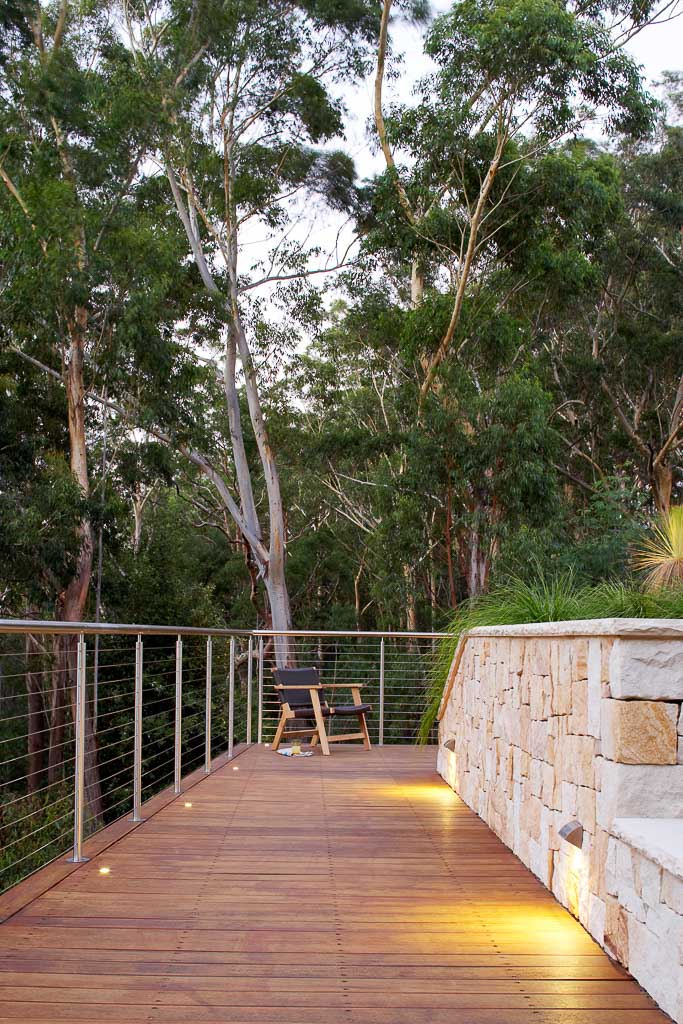Landscaping on a slope may be a challenge but it also comes with numerous possibilities of a beautiful and appealing design. Sloped gardens do not have to be a disaster if one takes time and effort to design and plan the area properly. In this article, I will discuss different concepts and strategies that can assist you to effectively use your sloped land.
Learning the Struggles of Gardening on a Slope
Before diving into the design ideas, it’s essential to understand the challenges associated with landscaping on a slope:
- Erosion Control: Slopes are vulnerable to soil erosion that may lead to the removal of the soil and the nutrients that are found on the slopes.
- Water Drainage: Irrigation is important so as to avoid water running off and so that the plants get the water they require.
- Accessibility: Sloping gardens are quite challenging to manage and sustain if there are no pathways and structures in place.
- Plant Stability: Slope stabilization is always crucial and can be quite difficult when it comes to plants to make sure they stay rooted firmly on the ground.
Innovative Ideas for Landscaping on a Slope
Here are some creative and practical ideas to help you tackle the challenges and make the most of your sloped garden:
Terracing (View our project example here)
Landscaping on a slope can be tackled by the use of terracing which is a traditional method of solving such a problem. When you arrange a number of flat stepped terraces, this leads to minimum erosion, better water holding capacity and additional space. The terraces should be constructed using retaining walls where the walls are constructed from stone, brick or timber. Sow different species of shrubs, flowers and ground covers on different levels to give a blend of colour and forms.
Planting Groundcovers
A groundcover is very useful in the stabilization of the soil and also stopping soil erosion. They make a number of roots that anchor the soil firmly on the ground. Select the groundcovers that are well adapted to the climate of your area, some of the popular ones are; Creeping thyme, Sedum, Vinca minor. These plants do not need much attention and they can be of interest at any time of the year.
Creating a Rock Garden
Depending on the type of rocks used, rock gardens are an excellent method of utilizing slopes in a natural manner besides solving problems of erosion. Make use of large stones and rocks and place these in terraces and pathways. Plant varieties that are hardy, and which can withstand harsh conditions such as drought, for instance, succulents, alpine plants, as well as ornamental grasses, between the rocks. This way the textures, as well as the colours will be contrasting, and your landscape will look more interesting.
Incorporating Water Features
Water features help in beautifying a sloped garden while at the same time controlling water at the same time. It may also be possible to install a cascading waterfall, a stream or a number of small fish ponds. Such characteristics can be useful in managing the eroding process since water velocity will be reduced and habitat for useful forms of wildlife will be created. Make provision for water drainage to avoid water logging and soil erosion.
Building Retaining Walls
These structures can be used to provide support for slopes that are steep and make the gardens functional. Select materials that will blend with the general landscape plan and this could be stone, bricks or timber among others. Some of the benefits of retaining walls include; they can act as a sitting area, garden or even as a decoration. Make sure they have proper drainage system in order to avoid water accumulation as well as soil erosion.
Designing Functional Pathways
The level of access to the slope is very important. Make functional pathways which are easy to navigate and should also be easy to maintain. Pathways and walkways should be constructed from stones, rocks, or wood, so as to have a strong, non-slippery surface of gravel or stepping stones. Install steps or ramps where required and where it is safe to do so to enhance free movement. Lighting of paths can also be an added advantage in order to beautify the place besides making it easy to navigate at night.
Planting Trees and Shrubs
Trees and shrubs play a vital role in slope stabilisation and erosion control. Their deep root systems help anchor the soil and reduce runoff. Select native species that are well-adapted to your local climate and soil conditions. Strategically place trees and shrubs to create windbreaks, provide shade, and add vertical interest to your landscape.
Using Mulch
Mulching is a simple yet effective technique for landscaping on a slope. Apply a thick layer of organic mulch, such as wood chips, straw, or bark, to retain soil moisture, suppress weeds, and prevent erosion. Mulch also improves soil structure and fertility as it decomposes. Reapply mulch as needed to maintain its benefits.
Creating a Naturalised Garden
A naturalised garden design can enhance the aesthetic appeal of a sloped landscape while reducing maintenance. Embrace the slope’s natural contours and plant a mix of native grasses, wildflowers, and perennials. This approach creates a meadow-like appearance that attracts pollinators and wildlife, providing a sustainable and low-maintenance garden.
Incorporating Edible Plants
Edible landscaping on a slope is a fantastic way to combine functionality and beauty. Plant fruit trees, berry bushes, and herbs on your terraced garden beds. Consider using espalier techniques to grow fruit trees along retaining walls. This not only maximises space but also adds an attractive, productive element to your landscape.
Creating Outdoor Living Spaces (View our project example here)
Maximise the usability of your sloped garden by creating outdoor living spaces. Design terraced patios, decks, or seating areas with comfortable furniture and shade structures. Incorporate elements like fire pits, outdoor kitchens, or pergolas to enhance the functionality and enjoyment of your garden. These spaces can provide a perfect spot for relaxation and entertainment.
Installing Erosion Control Fabrics
For steep slopes, consider using erosion control fabrics or mats. These materials help stabilise the soil, promote vegetation growth, and reduce erosion. They are especially useful in the early stages of establishing a sloped garden. Over time, as plants mature and root systems develop, the need for these fabrics will diminish.
Suggestions for Caring for a Sloped Yard
Sloped gardens are best managed to guarantee long-term sustainability of the garden and therefore needs constant care. Here are some tips for keeping your sloped landscape healthy and beautiful:
- Regularly Inspect for Erosion: Look for symptoms of erosion, including the exposure of roots, shifting soil, or water flow. Any problems should be resolved immediately to avoid worsening of the situation.
- Monitor Plant Health: Water and feed the plants properly. Water plants where necessary and use fertilizers where necessary for the plants.
- Prune and Trim: Prune trees, shrubs and groundcovers on a regular basis in order to control their size and condition. Prune out any dead or diseased wood or any wood that looks like it is diseased.
- Maintain Mulch Levels: It is important to replace mulch as often as is necessary in order to continue receiving all its advantages. Make sure there is a constant layer to cover the soil and to help in retaining moisture.
- Clean and Repair Pathways: Ensure that walkways are free from any obstruction and fix any damages immediately. Make sure they do not get lost or damaged.
What the Experts Think at Space Landscape Designs
Landscaping on a slope may come with challenges, but with careful planning and creative solutions, you can transform your sloped garden into a stunning and functional outdoor space. By implementing these innovative ideas and maintaining your landscape thoughtfully, you’ll enjoy a beautiful, sustainable garden that enhances your home and provides endless enjoyment. Embrace the possibilities that sloped terrain offers, and create a landscape that is both practical and aesthetically pleasing.
If you’re looking for professional help with landscaping on a slope, contact Space Landscape Designs for a personalised consultation and quote. Our team of experts will work with you to create a custom solution that meets your needs and brings your vision to life. Get in touch with us today to start your journey towards a beautiful, water-wise garden.

